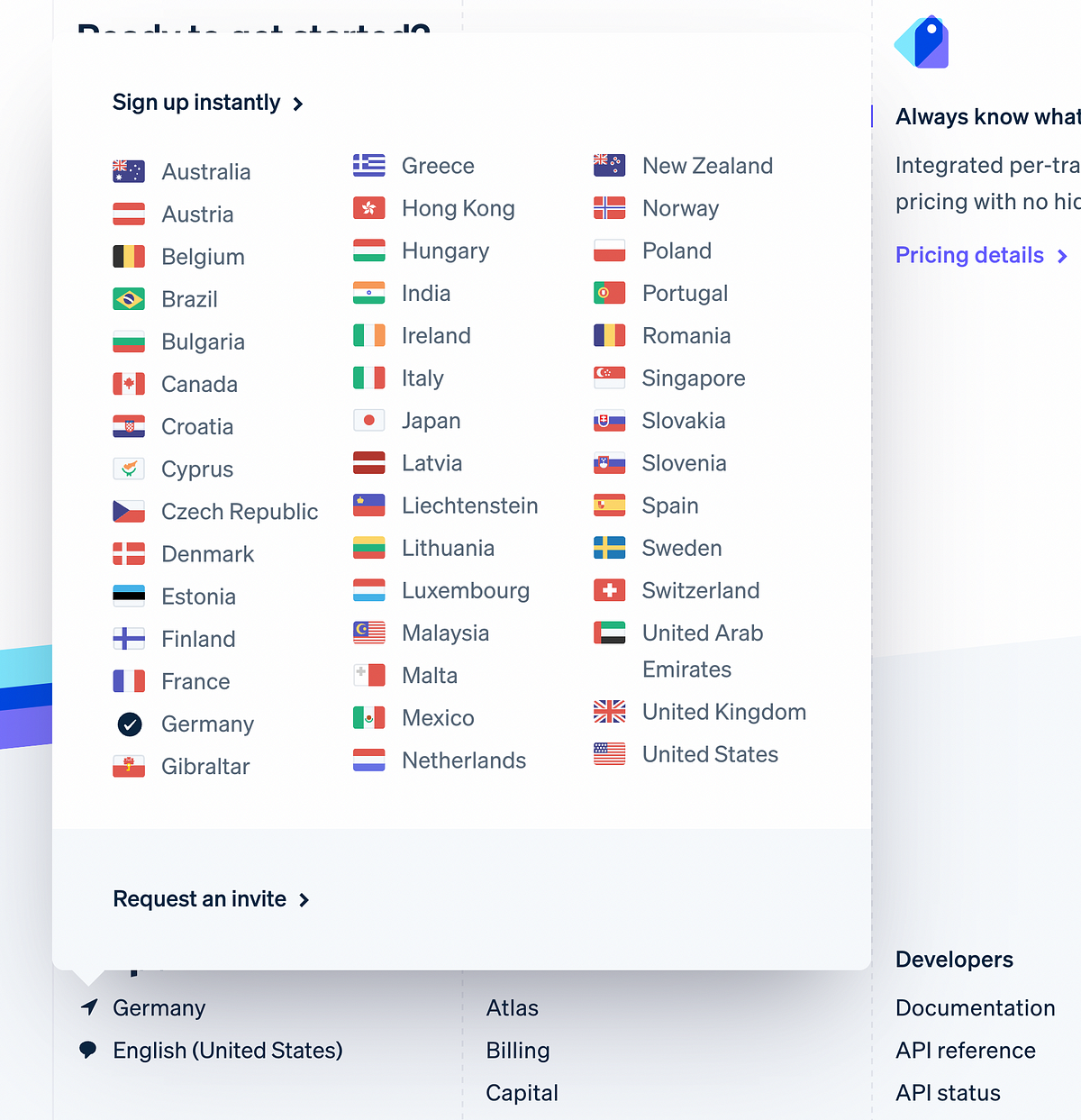In today’s interconnected world, the internet has transcended borders, making it essential for businesses and organizations to reach a diverse global audience. To achieve this, a critical aspect of design must be considered: Multilingual User Experience (UX) design. Multilingual UX design ensures that your product or website is accessible, intuitive, and enjoyable for users from different linguistic backgrounds. In this blog post, we will delve into the world of multilingual UX design, offering insights, tips, and considerations for creating a user-friendly experience across multiple languages.
Why Multilingual UX Design Matters
Expanding Your Audience: Multilingual UX design is not just about accommodating existing customers; it’s also about reaching new ones. By offering content and interfaces in multiple languages, you open your product or website to a wider, global audience.
Building Trust and Credibility: Providing content in the user’s native language enhances their trust in your brand. It conveys that you value and respect their culture and language, which can significantly impact their decision to engage with your product or service.
Improving User Engagement: A well-designed multilingual UX can enhance user engagement and retention. When users can navigate and interact with your product in their preferred language, they are more likely to stay and explore further.
Now that we’ve established the importance of multilingual UX design, let’s explore some key considerations and tips for creating a user-friendly experience.
Key Considerations for Multilingual UX Design
- Understand Your Audience
Before diving into the design process, it’s crucial to understand your target audience. Research their language preferences, cultural nuances, and expectations. Consider conducting surveys or user interviews to gather insights directly from your users. This will help you tailor your design to their specific needs and preferences. - Plan for Scalability
Design with scalability in mind. As your product or website grows, you may need to support additional languages. Ensure that your design can accommodate new languages without major overhauls. This includes leaving enough space for longer text strings in languages that may require more characters to convey the same message. - Choose the Right Fonts
Fonts play a significant role in multilingual UX design. Some fonts may not support all characters of a particular language, leading to readability issues. Choose fonts that are versatile and can display characters from various scripts effectively. Test fonts across different languages to ensure legibility and aesthetics. - Consistency is Key
Maintain consistency in design elements, such as color schemes, button placement, and navigation structure, across all language versions of your product or website. Consistency helps users navigate with ease, regardless of the language they choose.
Tips for Multilingual UX Design
- Use Icons and Symbols
Icons and symbols are universal and can transcend language barriers. Consider using them alongside text to convey meaning and guide users. For example, a magnifying glass icon can universally signify a search function. - Implement Clear Navigation
Ensure that your navigation menus are intuitive and straightforward. Use clear labels and avoid abbreviations or slang that may not translate well. Provide dropdown menus for language selection, making it easy for users to switch between languages. - Test, Test, Test
Thorough testing is essential in multilingual UX design. Test your product or website with native speakers of each language to identify any issues with translation, layout, or functionality. Fixing issues early in the design process saves time and resources in the long run. - Allow User Language Selection
Give users the freedom to choose their preferred language. Auto-detection of language can sometimes be inaccurate, leading to frustration. Provide an easily accessible language selector, typically located in the header or footer of your website.
Tools and Resources
Several tools and resources can aid in multilingual UX design, including translation services, localization platforms, and design software that supports multiple languages. Utilize these resources to streamline the design and localization process.
Conclusion
In today’s globalized world, multilingual UX design is a critical component of reaching and engaging with a diverse audience. By understanding your audience, planning for scalability, and following best practices, you can create a user-friendly experience that transcends linguistic boundaries. Remember, a well-designed multilingual user experience not only enhances usability but also builds trust, credibility, and a strong global presence for your brand. So, start designing with a global perspective in mind and unlock the full potential of your product or website.



